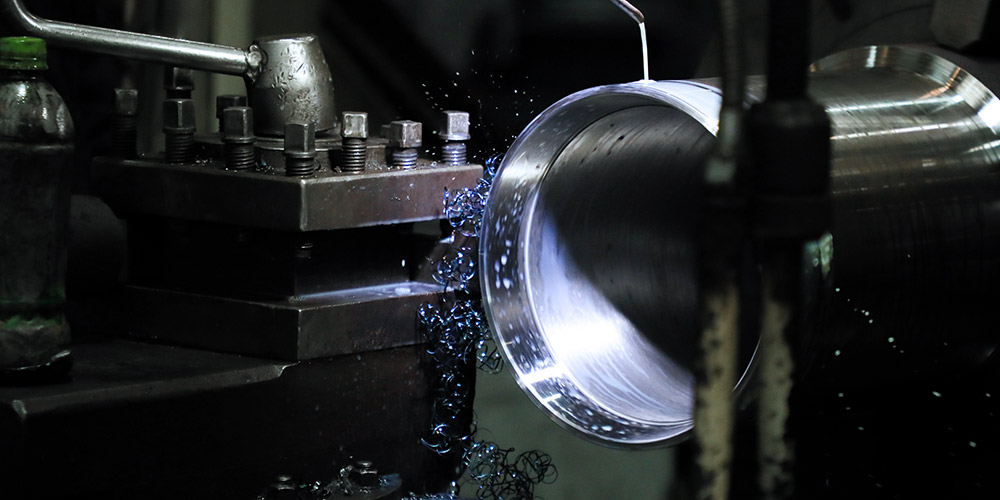A jaw crusher is a crucial piece of equipment in the mining and aggregate industries, designed to break down large rocks and ores into smaller, more manageable sizes. Its design and operation are based on a combination of key components, each contributing to its efficiency and effectiveness. Here’s an overview of the standard components of a jaw crusher:

1. Frame
The frame is the main structure of the jaw crusher and provides the necessary support for all other components. Typically made of welded steel, it is designed to withstand the intense forces generated during operation. The frame includes the base and side plates, which hold the other parts in place.
2. Jaw Plates
The jaw plates are the surfaces that come into contact with the material being crushed. There are two jaw plates in a jaw crusher: the fixed jaw plate and the movable jaw plate. The fixed jaw plate is attached to the frame, while the movable jaw plate is mounted on a swing arm that moves back and forth. These plates are usually made from high manganese steel, which provides durability and resistance to wear.
3. Swing Jaw
The swing jaw is the component that moves back and forth, allowing the material to be crushed. It is mounted on a pitman, which is driven by the eccentric shaft. The swing jaw’s motion is essential for the crushing process, as it creates the compressive force needed to break down the material.
4. Pitman
The pitman is a crucial part of the jaw crusher’s mechanism. It connects the swing jaw to the eccentric shaft and converts the rotary motion of the shaft into the linear motion of the swing jaw. The pitman is typically made of steel and is designed to handle significant stress and strain.
5. Eccentric Shaft
The eccentric shaft is responsible for creating the motion of the swing jaw. It is mounted on bearings and is driven by a motor through a belt or gear system. The shaft’s eccentricity (offset) causes the swing jaw to move in an elliptical motion, which is essential for the crushing process.
6. Bearings
Bearings support the eccentric shaft and allow it to rotate smoothly. They are crucial for reducing friction and wear, ensuring the efficient operation of the jaw crusher. Typically, heavy-duty bearings are used to withstand the high loads and stresses encountered during crushing.
7. Toggle Plate
The toggle plate is a safety device that protects the jaw crusher from damage. It is located between the pitman and the frame and is designed to absorb and dissipate excess forces that could otherwise damage the crusher. The toggle plate can be adjusted to control the size of the output material.
8. Drive System
The drive system consists of the motor, belts or gears, and other components that transmit power to the eccentric shaft. The motor provides the necessary force to drive the shaft, and the belts or gears transfer this force to the moving parts of the crusher.
9. Toggle Seat
The toggle seat is a stationary part of the jaw crusher that provides a surface for the toggle plate to rest against. It is usually made from a wear-resistant material and helps to maintain the proper alignment and tension of the toggle plate.
10. Discharge Chute
The discharge chute is where the crushed material exits the jaw crusher. It is designed to direct the flow of material away from the crusher and into the next stage of processing or storage. The chute is often lined with wear-resistant material to prolong its lifespan.
Each of these components plays a vital role in the operation of a jaw crusher. Understanding their functions and how they work together can help in maintaining and optimizing the performance of the crusher, ensuring efficient and effective material processing.

